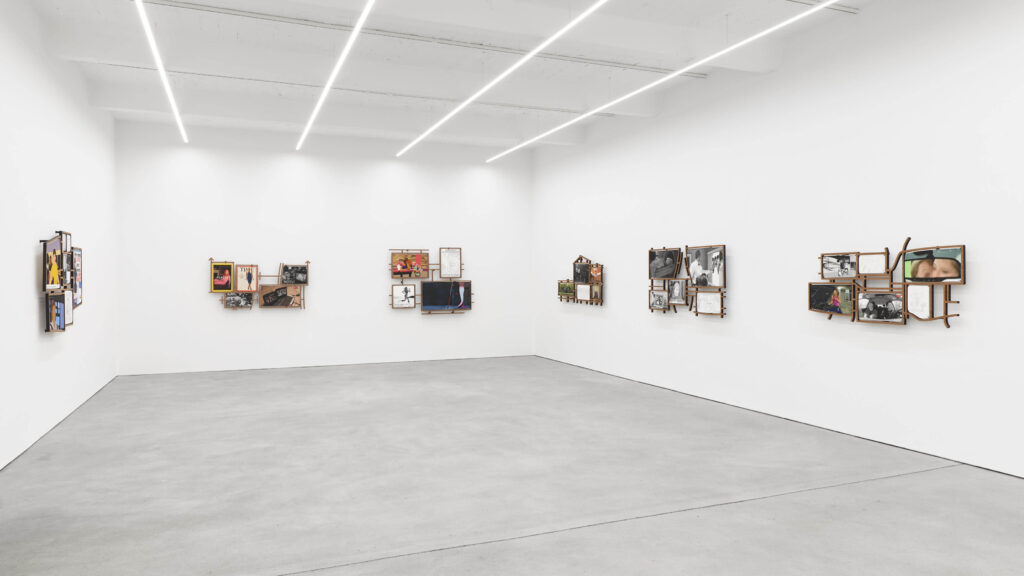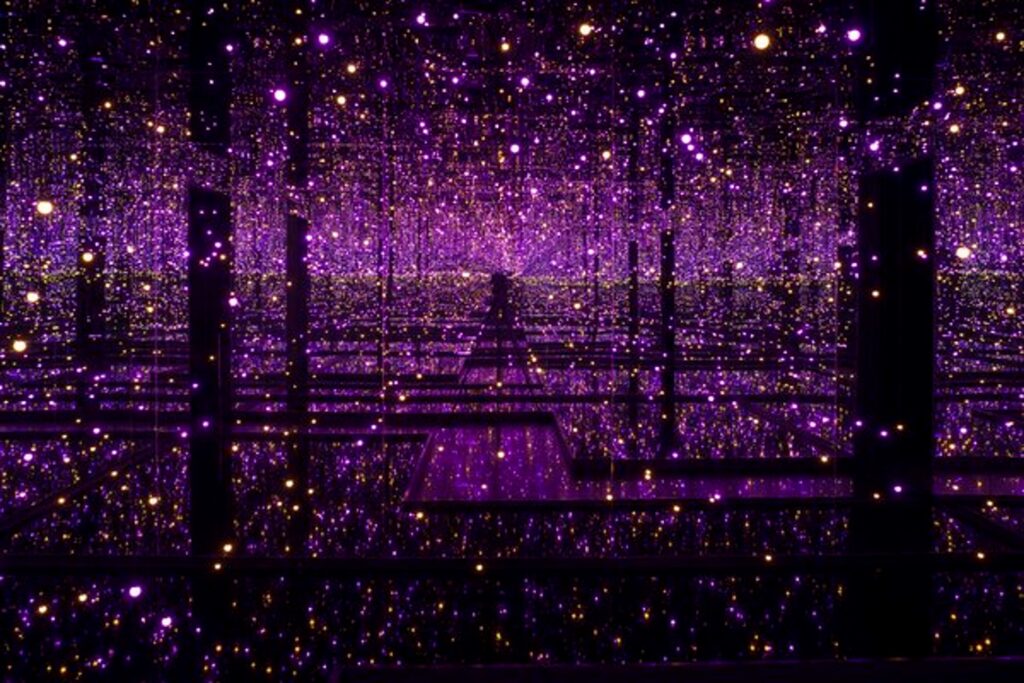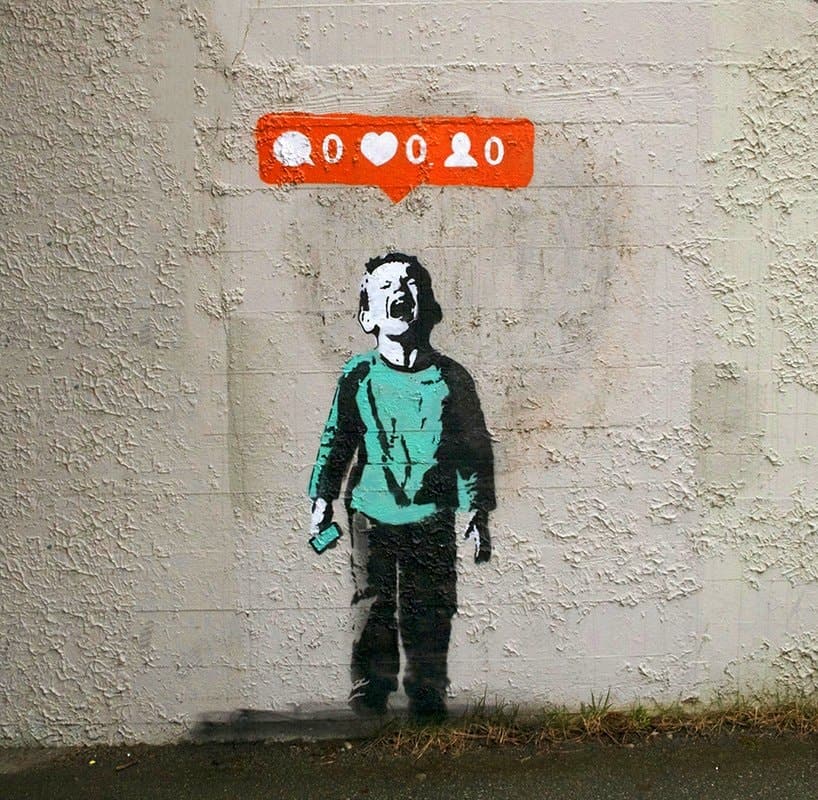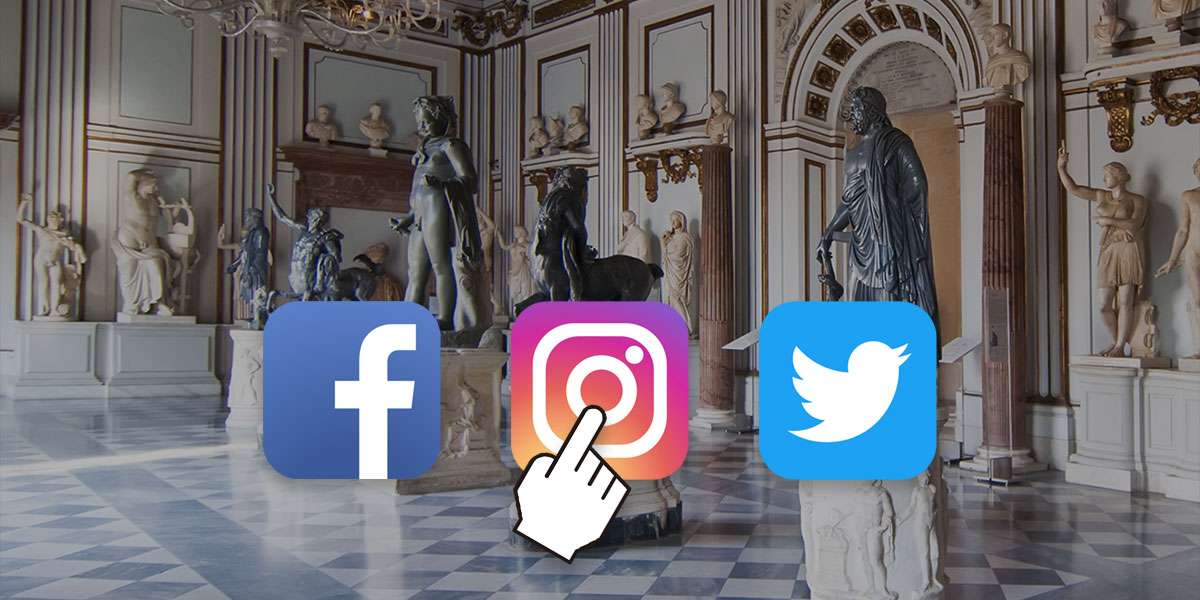By Socratis Santik Oglou,
Nowadays, Instagram has millions of users on a daily basis, since it is an app that almost everyone knows about. Instagram’s main focus on photographs has made it widely popular among artists and art lovers, due to the fact that it allows everyone to reach artistic production from all over the world, at any time, any place — just from your smartphone’s screen. But what are the actual effects on the world of art, museums, and galleries? Does it affect how we engage with and experience art nowadays? Further in this article, there is going to be a brief reference on the effects that social media networks have on museums and the art world.
Instagram is a profitable tool for businesses and individuals alike, and this has already been understood since its launch in 2010. In the midst of Instagram, now an artist does not have to wait for their preparation to be inscribed by a gallery, in order for their works to be exhibited. Through Instagram, artists take control and present their work however they wish to. Moreover, when an artist exhibits their artwork in a gallery, and one of their works is sold, they lose a significant percentage of the sale. Meanwhile, through promotion on social media, the artist has direct contact with the buyer, therefore, they do not have to reach a third party; thus, they have a profit from the sale.
Nevertheless, in the field of art, it would be ideal to expose the works in their physical form, but this is not always possible, especially if a gallery is in an isolated area.Is there a form of artwork that Instagram prefers? Yes. This is because there are artworks that are more photogenic than others. Of course, many artists figure out ways to escape this. Some have even used images directly from Instagram to create artwork for galleries. Instagram can have both positive and negative effects. For example, the feedback received by an artist under shared pictures of their works has shown that it affects the way they work in the future and their overall work. Artist Andrea Crespo admitted in a 2018 Vulture article: “Reward systems in social media were influencing my decisions while art-making. I would think about what people would think based off likes and comments”.
This is not the first time that artists have been criticized or commented upon. But this time it is different because it comes from strangers, whose criticism has a different type of influence. In addition, an important phenomenon that is prolonged is the category of “copycats”. This has to do with a person who drew while being influenced by another artist or completely copying their work. However, in order for this to happen, one does not need to have an account on a social networking application. Because this can simply happen by someone taking a picture of an artist’s work in a gallery or museum, and publishing it on their own social media profiles, tagging either the museum or the artist, resulting in making the artist visible on social media platforms.
But what about the effect that Instagram has on museums and galleries?

Most organizations have goals and, in order to achieve them, they require public access to their collections, with the audiences being limited to a specific area. Consider the Cleveland Museum of Art, which, in the pre-internet era, had to be primarily concerned with serving the people of Cleveland and those who came to see it.
The problem with museums is that they are located in areas that are hard to reach for some visitors. As a result, the public who wants to visit it has to move by public transport or pay for parking. Through social media, however, there is the possibility to connect museums with their audience, wherever they are, informing them about new exhibitions and “luring” people in. In addition, museums benefit from the media, because they can act as free advertising. Advertising that the museum can do on its own through Instagram, but also by the visitors. By uploading pictures from the museum to their personal accounts, while tagging the organization, visitors can add to the museum’s visibility, fame, and publicity. Why waste money on adverts, when you can do just the same by posting on Instagram?
Museums, like all organizations, keep data from their visitors to make programming decisions. Nowadays, this happens by using Instagram statistics. The people who work in museums want to see the public visiting and interacting. This is achieved with “Instagram-friendly” exhibits. Back in 2015, the Renwick Gallery had more visitors in just six weeks than they did in a year, prior to the launch of their exhibit ‘Wonder’. When the Hirshhorn hosted Yayoi Kusama’s ‘Infinity Mirror Room’, their memberships increased by over 6,500%.

Both productions were worthwhile. However, we should think more about them, with the option to exhibit more Instagram-friendly works of art; works that may be amazing, but not photogenic enough might not get to be displayed. Art museums are trying to show us the peak of human creativity and works that are most important to know. But do we want them to weigh heavily on Instagram-friendly works when deciding what shows to spend money for? The response does not have to be a simple yes or no. Museums deal with this issue quite often, and they get over it by creating Instagram-worthy moments within galleries, even if the artwork is not “Instagram-friendly”.
But, at the end of the day, why do we take pictures when we are in a museum or a gallery? For some, the answer may be that they find a way to express that this art is “cool” and interesting and that they feel the need to share it with their followers. But the answer might need more than that. The research on this topic is just on a primal level, although a study that was conducted for an exhibition in 2014 suggested that visitors use Instagram in meaningful ways to promote the exhibition, not replacing the in-person experience, but encouraging others to see it for themselves. The study actually found that the visitors connected to the aesthetic experience. They were dazzled by the art pieces of the show and mostly took close-up shots of them; only 9% of the photos in the data sample included pictures depicting themselves.
There was an exhibition on the history of shoes from the 1500s until now in Sydney, Australia. It was not an Instagram-worthy one, like Kusama’s ‘Infinity Room’, where most of the pictures were selfies. But it is still showing the engagement between the visitors and the showpieces. Someone could say that cameras and social media networks are just a new way, a tool, to showcase an artwork — wherein in the old days, people were looking at the thing, walking around it, observing it.

According to another study that was conducted in 2017, taking pictures while visiting a museum or a gallery, with the intention of sharing them on social media, reduces the visitor’s enjoyment, while also increasing their anxiety and trivializing the experience. One of the conductors of the study, Alixandra Barasch, suggested that it would be better if visitors took pictures of the place, but shared them on social media after the experience was over.
On the other hand, following artists, museums, galleries, and curators on Instagram allows the public to keep in touch with them and know all the latest news about them or a future exhibition. It allows them to “digitally visit” artworks and exhibitions that they otherwise would not be able to see or know about or be in touch with the process of an artist’s work, or their statements on topics that spark controversy. Of course, it is not the same to stare at the artwork on a screen as seeing it in person, but social media gives access to artworks and concepts that were previously out of reach, due to many reasons, like location. And nowadays, it is getting obvious that posting art on Instagram is something that people really enjoy doing.
To conclude, it would be a bit foolish if museums and galleries neglected the visitor’s need to take pictures and share them on social media networks, or even take advantage of this 21st-century phenomenon. I believe that this should be a way to interact with the artwork and the experience too, but I also believe that this should be done in ways that do not distract the visitor from the experience and do not keep them distant from the present space. No social media platform lasts forever. And that is getting confirmed if we take a look at social media history. At the end of the day, museums are real places, and not digitalized or contacted only via screen.
References
- Kylie Budge, Objects in Focus: Museum Visitors and Instagram, in Curator: The Museum Journal, vol. 60, 2017, pg. 67-85
- Alixandra Barasch, Gal Zauberman, Kristin Diehl, How the Intention to Share Can Undermine Enjoyment: Photo-Taking Goals and Evaluation of Experiences, in Journal of Consumer Research, Vol. 44, 2018, pg. 1,220-1,237, academic.oup.com, Available here
- How Social Media Is Changing Art: Museums and Instagram, medium.com, Available here




